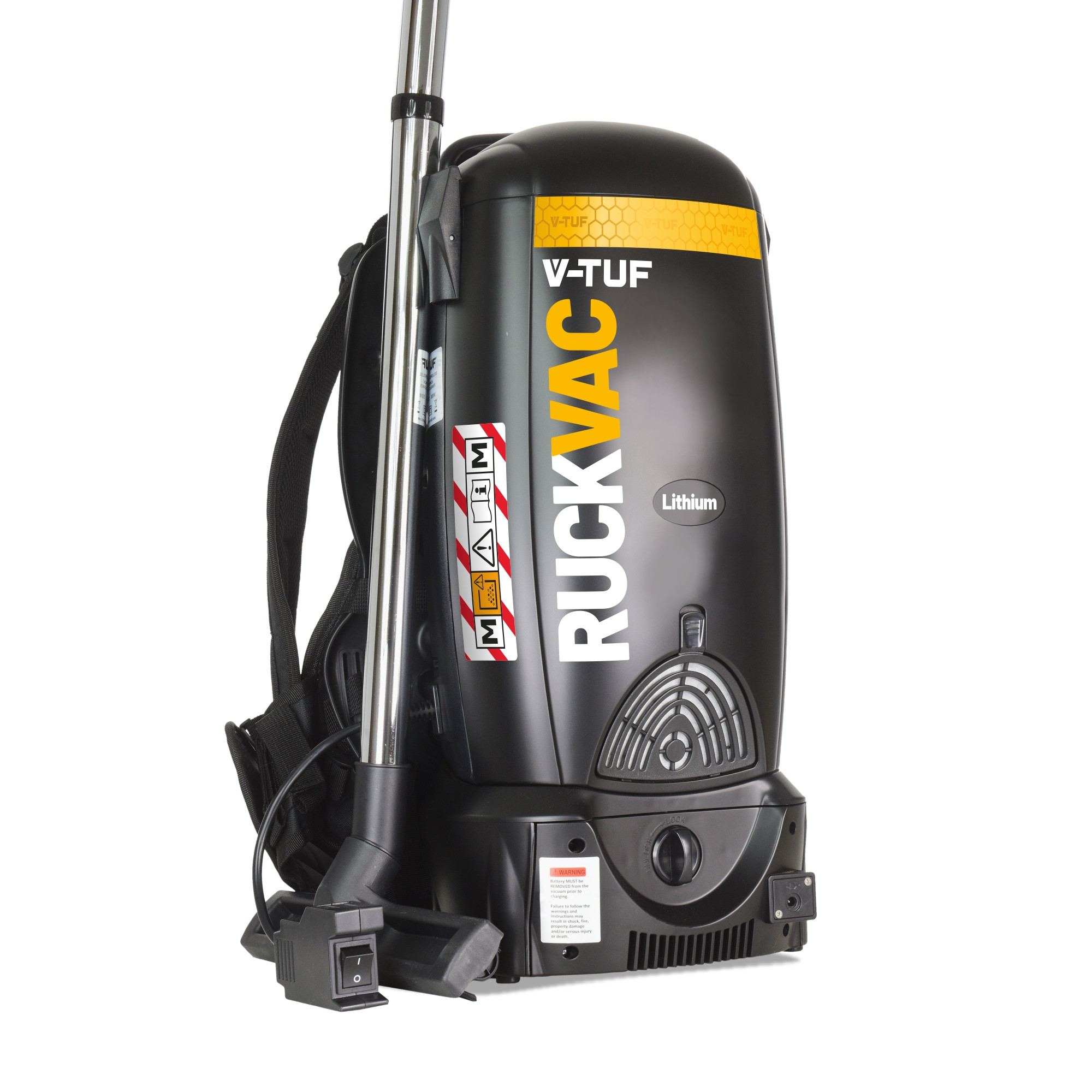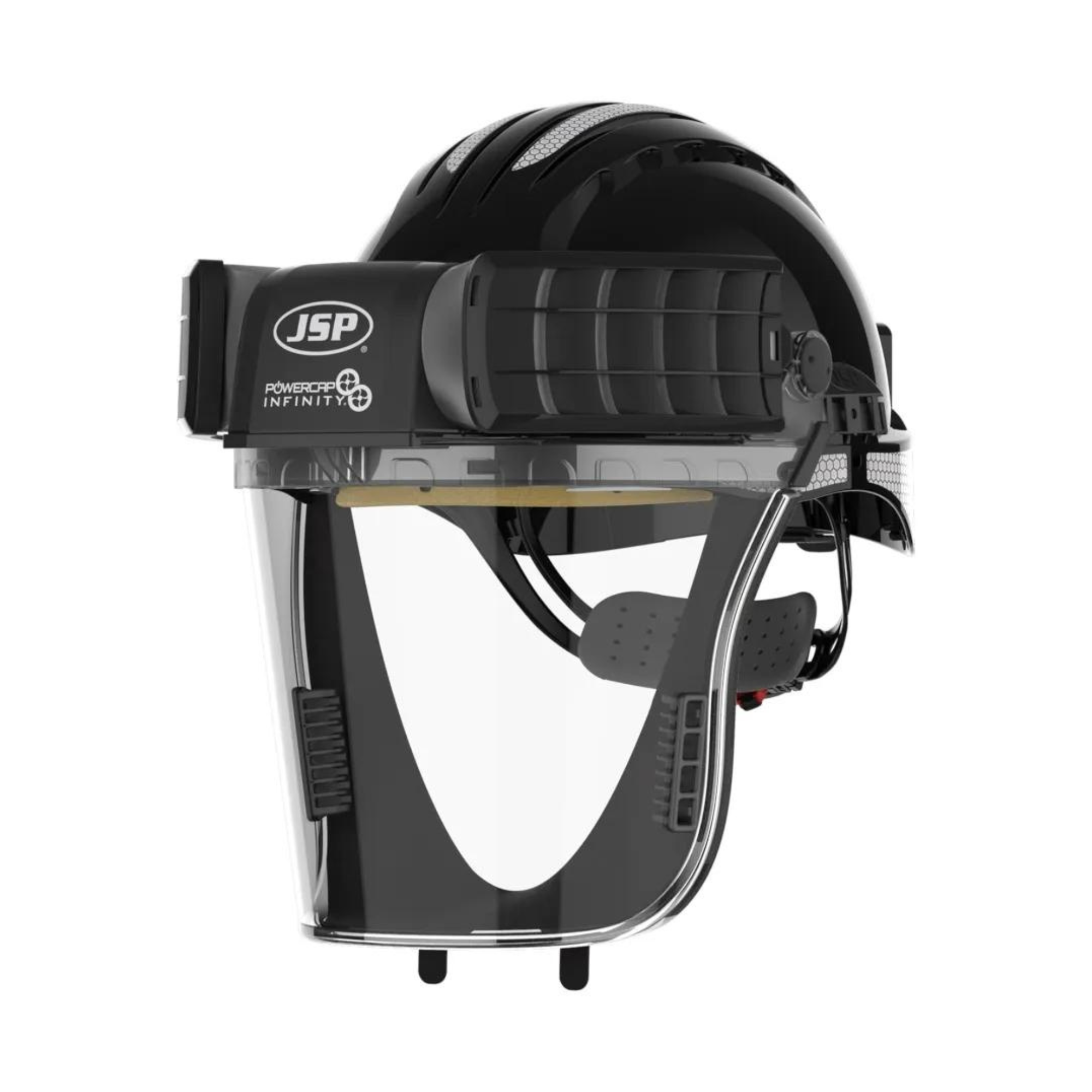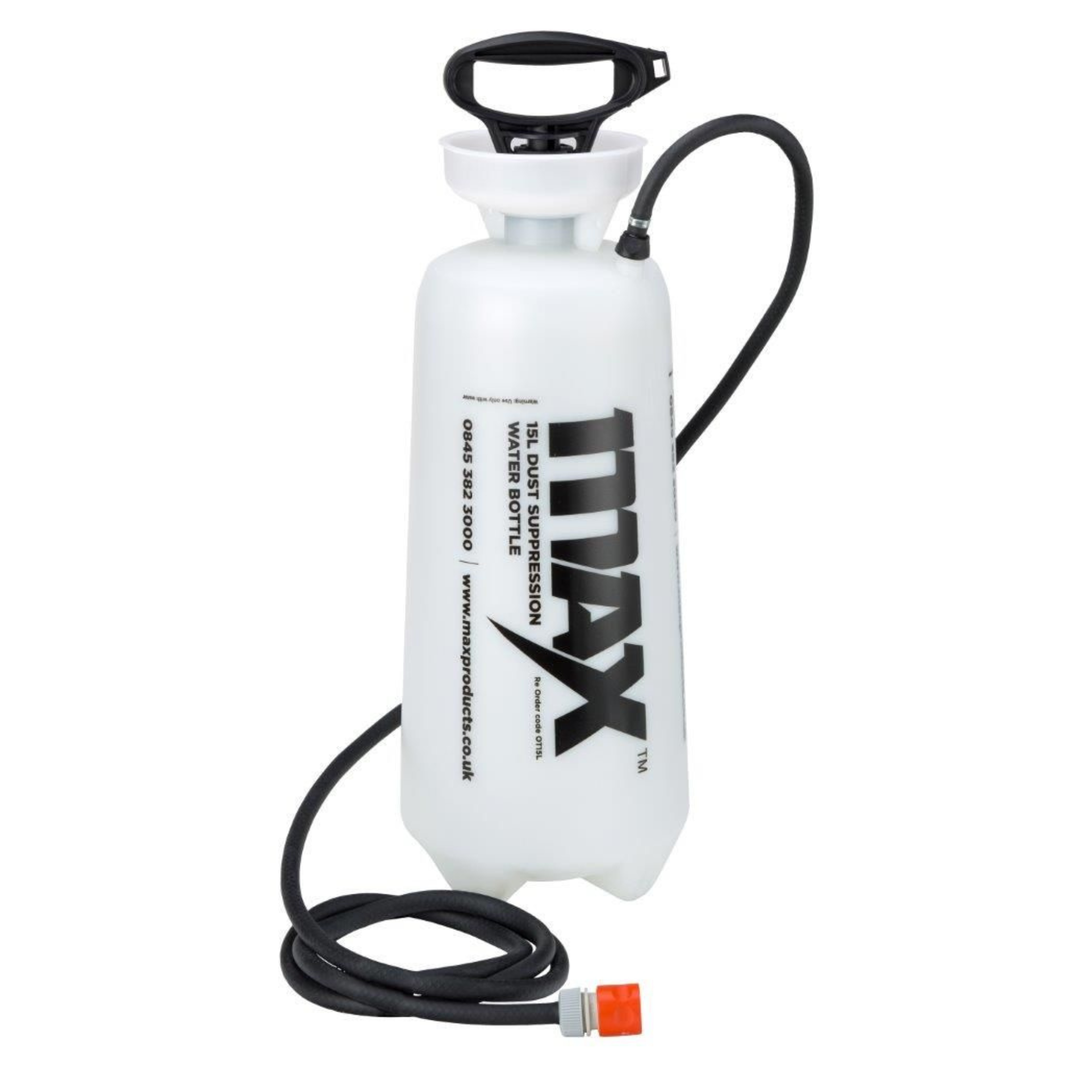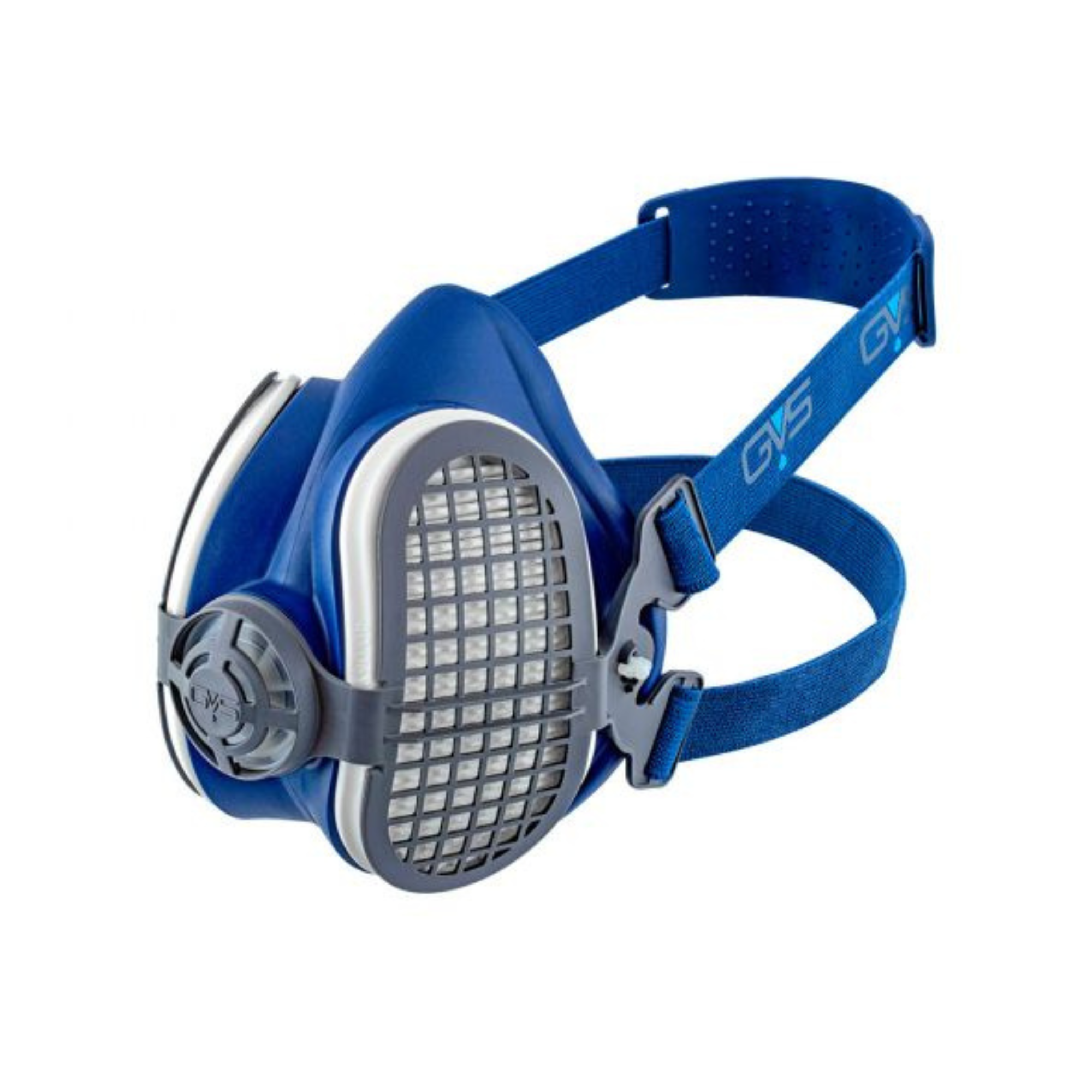Introduction
Construction sites are notorious for generating copious amounts of dust, posing significant health and environmental risks. In recent years, the importance of dust suppression in construction has gained recognition, leading to the adoption of various techniques and technologies to mitigate its adverse effects.
In this blog post, we will delve into the benefits of effective dust suppression and explore some solutions that can help those in construction create safer and more environmentally friendly work environments.
The Dangers of Construction Dust
Construction dust consists of various particles, including silica, asbestos, heavy metals, and other harmful substances. When left uncontrolled, these particles can become suspended in the air, endangering the health and well-being of workers and nearby communities.
Prolonged exposure to construction dust can lead to respiratory problems, lung diseases, allergies, and even chronic conditions. Furthermore, dust contamination can impact surrounding ecosystems, soil quality, and water sources.
Benefits of Dust Suppression in Construction
The primary benefit of effective dust suppression measures is the preservation of workers' health and safety.
By minimising dust levels, construction companies can significantly reduce the risk of respiratory issues and long-term health complications among their workforce.
This not only promotes employee well-being but also fosters a positive work culture and improves productivity.
Dust control is increasingly becoming a regulatory requirement in the construction industry.
By implementing effective dust suppression measures, companies can ensure compliance with local and national environmental regulations.
This helps avoid potential fines, penalties, and legal issues, safeguarding the reputation and financial stability of the contractor.
Excessive dust in construction sites can hamper productivity in several ways.
Dust particles can impair visibility, leading to accidents and delays. It can also infiltrate machinery and equipment, reducing the efficiency and lifespan of expensive equipment.
By investing in dust suppression, construction companies can create cleaner working conditions, facilitating smoother operations and optimising productivity.
Construction projects often have a substantial ecological footprint. Implementing dust suppression measures demonstrates a commitment to environmental responsibility.
By minimising dust emissions and preventing soil erosion, construction companies contribute to the preservation of air quality, nearby ecosystems, and water sources.
This fosters a positive public image and strengthens community relationships.
Solutions
1. V-TUF Ruckvac Cordless M-Class Rated Backpack Vacuum Cleaner
The V-TUF RuckVac-iON is a Battery Backpack vacuum cleaner that has been designed with M-Class (99.99% filtration efficiently) H13 Hepa Filtration, to trap harmful pathogens that sit on dust particles that would normally be inhaled into the lungs of the workforce.
The RuckVac-ION protects the user and surrounding personnel from these harmful pathogens being lifted and exhausted back into the air. The H13 Hepa Filer also acts as an Allergy filter and filters out Allergens, dust and dander.


2. JSP Powercap Infinity Powered Air Helmet
A fully integrated TH3 powered air respirator offering 4 of the highest levels of protection in one intuitive head-mounted unit. Giving the wearer complete above the neck 4 in 1 protection.
PowerCap® Infinity® is the perfect choice for many industries where dust poses a great danger to health.
The unit provides the very latest in Powered Air Purifying Respiratory technology, combining decades of innovation from JSP in the fields of respiratory, head, eye and face protection.


3. MAX 15L Dust Suppression Water Bottle
This water bottle is used in the suppression of dust from saws in all working environments. It comes with a 3m hose that is kink free with a spring to prevent flats and a 1.3m standard spray hose and lance. An essential product for safe working practices!
The Heavy Duty design is useful when needing to suppress the dust created during cutting and grinding in all working environments. This also includes a sturdy pump handle which can be used whilst wearing gloves, a wide funnel for ease of filling, an automatic pressure relief valve for safety, strong base protection which helps with the longevity of the product and internal metal pipe fittings to enhance the strength of the bottle.


4. Elipse® P3 Respirator | Size - M/L | GVS
The GVS Elipse® P3 Respirator is highly effective against dust and fumes containing substances such as micro-organisms, marble, gypsum, titanium oxide, soapstone, rock wool, wood, detergents, textile fibres, spices, salt, animal feeds, etc.
Protects against dust that can cause lung disease. In particular, protects against coal, silica, cotton, iron ore, graphite, kaolin, zinc, and aluminium dust. Protects against harmful dust such as asbestos, bauxite, coal, silica, and iron, and against toxic dust such as manganese, lead and chromium.
Pleated, interchangeable P3 filters have a minimum efficiency of 99,95% at 0,3 microns and a breathing resistance of 3mbar at a flow rate of 47,5 l/min for each filter.


5. Non-drill Access Systems
- Eliminate the need for drilling with non-drill edge-protection systems by SafeSmart Access
- Avoid dangerous dust particles caused by drilling
- Works seamlessly with 1.3, 2.5, 5, 10T connections and hairpin anchors
Conclusion
Dust suppression in construction is not only an obligation under The Control of Substances Hazardous to Health (COSHH) Regulations but also an ethical and critical investment in the health, safety, productivity, and environmental sustainability of construction projects.
By implementing effective dust control measures and best practices, construction companies can protect their workers from respiratory hazards, comply with regulations, enhance productivity, and demonstrate environmental responsibility.
The benefits of dust suppression extend beyond the construction site, positively impacting neighbouring communities and ecosystems.
By adopting preemptive suppression techniques, construction companies can effectively minimize dust emissions and create safer and cleaner work environments.
Remember, a dust-free construction site is not only a sign of efficiency and professionalism but also a reflection of a company's commitment to the health and safety of its workers and the surrounding environment.
Let's build a future where dust suppression becomes a standard practice in construction, ensuring the well-being of all stakeholders involved.

